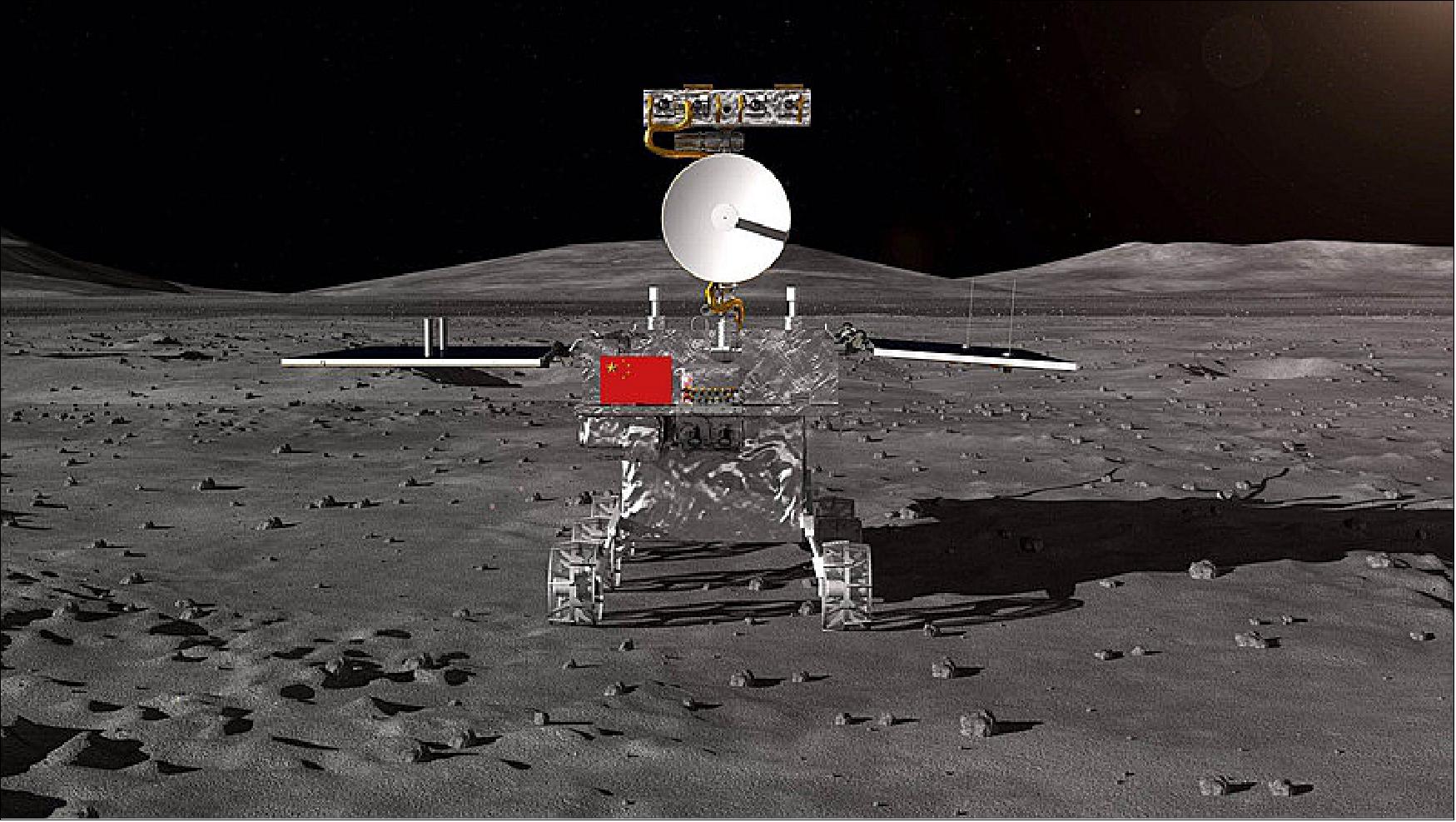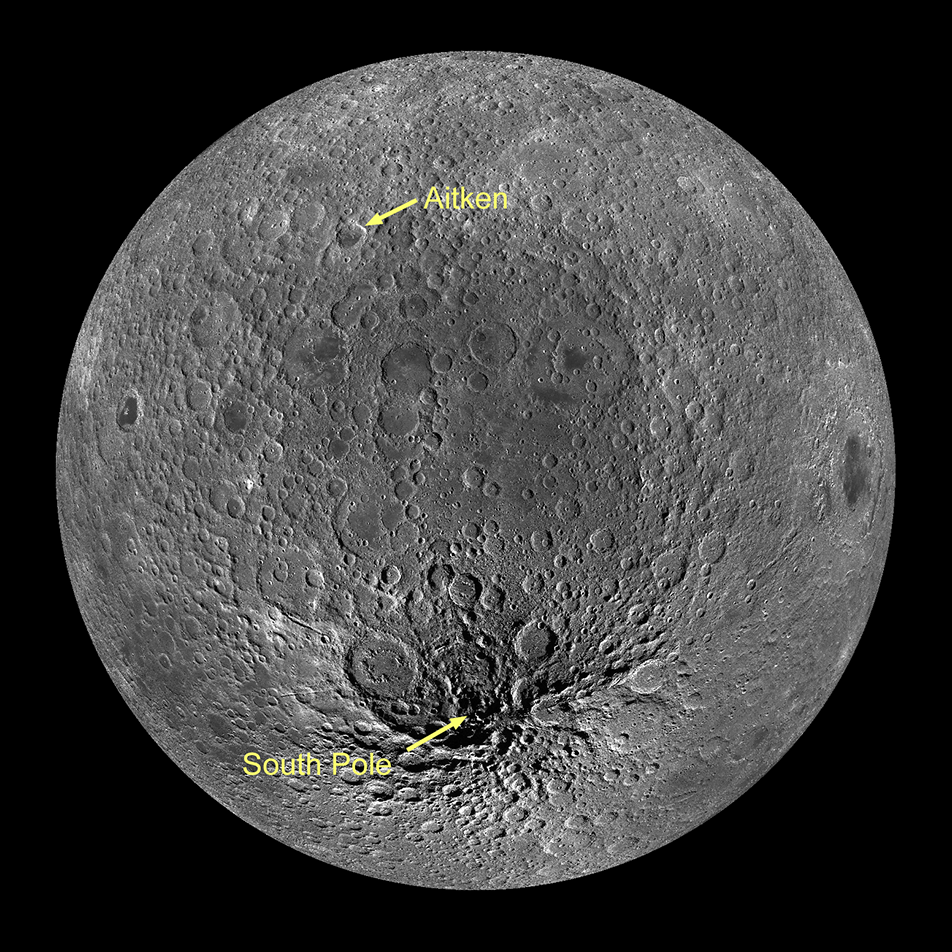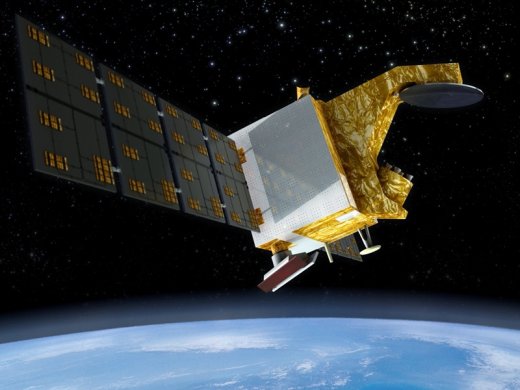Chang’e-6: China’s Historical Mission To The Moon’s Far Side Is Planned For May 2024
5th Oct 2023
Chang’e-6 is slated for launch in May 2024, with plans to land on the moon’s far side. Its mission is to gather samples of lunar material, which will be brought back to Earth for detailed examination and study.
The China National Space Administration (CNSA) has entered into international partnerships to augment its upcoming Chang’e-6 Lunar probe mission. CNSA will work with France, Italy, the European Space Agency (ESA), and Pakistan for the effort. All will have a stake in the lunar mission with satellites and other instruments set to assist CNSA’s exploratory efforts. Chang’e-6 will focus on researching the vastly under-explored Southern region, the Moon’s far side, and the ‘Aitken Basin’.
Under the fourth phase of CNSA’s lunar probe programme, they are also using Chang’e-6 to further their ambitions of creating an international lunar research base on the Moon’s South Pole. CNSA said this aspiration is designed to: “expand human living space”. However, China’s lunar mission was beaten by a few short months when ISRO’s Chandrayaan-3 landed on the rocky surface in August. Equally, NASA is also working to establish a Moon base as part of their Artemis mission.
Updated on 18th February
Chang’e-6 Mission details

CNSA will deploy a Lunar Lander to extract and return samples taken from the Aitken Basin. CNSA said Chang’e-6 is of “great significance for exploring the mystery of space”. According to NASA, the Aitken Basin region is on the furthest side of the Moon. It is also “one of the largest and oldest impact features in the solar system”.
Outlined in the mission brief, CNSA said the probe comprises of four modules: an orbiter, return capsule, lander, and ascender. Once in lunar orbit, the lander and ascender will disembark the orbiter and attempt to touch ground on the Southern Pole. The lander will collect samples from the Aitken Basin if all prior steps are completed successfully. The ascender will then transport them back to the orbiter and transfer the lunar material to the return capsule, which will finally bring them back to Earth.
CNSA’s Queqiao-2 relay communications satellite will connect ground stations and Chang’e-6 when it reaches orbit in early 2024. An improvement on the Queqiao-1 satellite that accompanied the Chang’e-4 mission, this updated communications relay will provide essential transmissions to ensure CNSA remains in contact with the probe during its mission.
Chang’e-6 launch date
Updated on 18th February
Chang’e-6 is expected to launch in May 2024 and touch down on the moon’s far side to collect samples of lunar material to be returned to Earth for study.
In early January, the various components of the intricate Chang’e-6 moon sample return mission arrived at the Wenchang spaceport on Hainan island. A team comprising engineers and researchers, many of whom gained valuable experience from the 2020 Chang’e-5 mission, are currently engaged in rigorous testing and fine-tuning of the equipment, as reported by China Central Television (CCTV).
This upcoming mission marks the inaugural endeavour to collect material from the far side of the moon and transport it back to Earth for analysis. The launch is scheduled for approximately May.
Why Is China Exploring International Collaboration?
A prior Chang’e-4 mission played host to a range of international payloads which landed on the Lunar surface in 2019. CNSA said that by continuing to encourage international participation, they can jointly aim towards “improving technology, sharing achievements [and] win-win cooperation.”
The Chinese probe will carry a French DORN radon detector and a Pakistan Cubesat. ESA’s negative ion detector, and Italy’s laser retroreflector will also be onboard. All satellites and payloads will either work collaboratively with Chang’e-6 or operate independently. CNSA said this mission is: “creating a platform for space exploration and contributing wisdom to scientific exploration.”
Augmenting International Relationships In Space

China has recently increased their relations with South Africa after signing a memorandum of understanding to participate in a joint ‘International Lunar Research Station (ILRS) program’. Similarly, collaborating with Europe, Pakistan, and now South Africa on Lunar research will aid CNSA in its mission to collect samples from the Aitken Basin. China has also participated in many international projects, including the exchange of Earth Observation data with ESA and the launching of France’s CNES and CNSA’s Oceanography Satellite CFOSAT.



![Solar Orbiter and Parker Solar Probe Team Up To Finally Solve Sun’s Heating Mystery [UPDATED] Solar Orbiter and Parker Solar Probe Team Up To Finally Solve Sun’s Heating Mystery [UPDATED]](https://orbitaltoday.com/wp-content/uploads/2021/03/Airbus-Solar-Orbiter-1-300x200.jpg)



Thank you for your comment! It will be visible on the site after moderation.